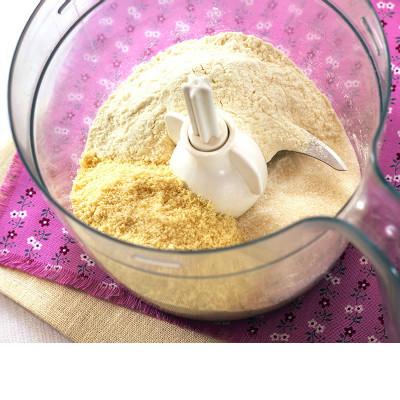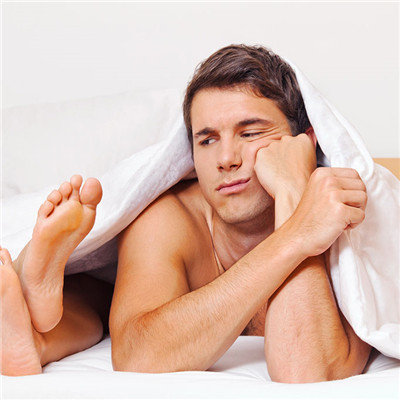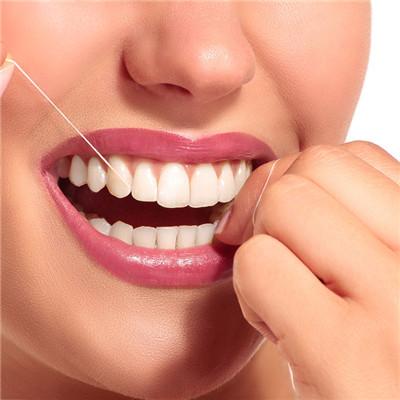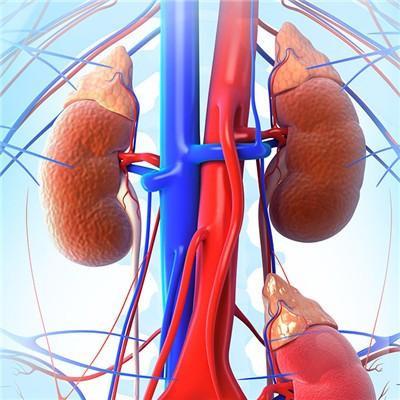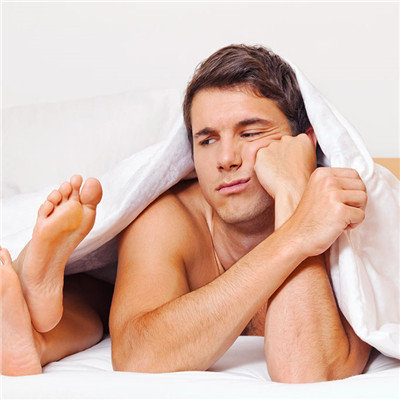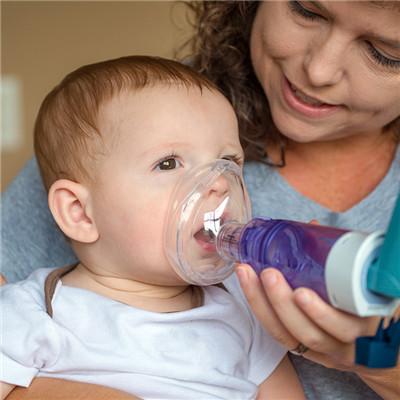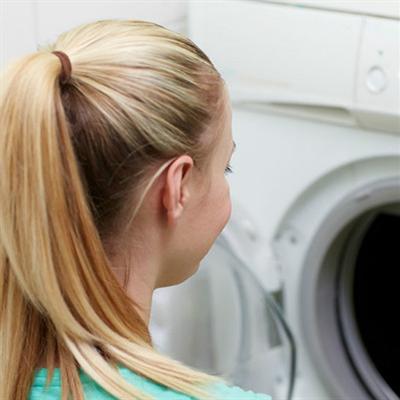Clinical symptoms of scapulohumeral periarthritis? seven
summary
With the rapid development of society, people's work does not have to be exposed outside every day. Although sitting in the office makes us no longer exposed to the sun, sitting for a long time will also bring us a lot of health problems. Scapulohumeral periarthritis is a common disease of sedentary workers, so the clinical symptoms of scapulohumeral periarthritis? Let's talk about it
Clinical symptoms of scapulohumeral periarthritis? seven
Pain: Patients with scapulohumeral periarthritis will have shoulder pain, and in the early stage of the disease, it is paroxysmal pain, and most of them are chronic attacks, and then the pain will gradually aggravate, or stun pain, or knife cut like pain, and it is persistent. In addition, when the climate changes or fatigue, the pain will increase. Shoulder pain in patients with scapulohumeral periarthritis is very obvious, many patients with scapulohumeral periarthritis often wake up in the middle of the night, can not sleep.

Shoulder function limitation: with periarthritis of shoulder, the shoulder joint movement of patients will be limited, and the movement in all directions will be limited, often abduction, lifting, internal and external rotation is more obvious. It is difficult for patients with scapulohumeral periarthritis to comb their hair, dress, wash their face, and fork their waist. In severe cases, elbow function can also be affected. When bending the elbow, the hand can not touch the shoulder on the same side, especially when the arm is extended backward.
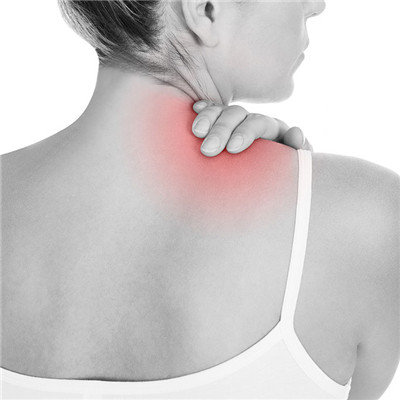
Muscle spasm and atrophy: suffering from scapulohumeral periarthritis, in the deltoid muscle, supraspinatus muscle and other muscles around the shoulder, spasm may occur in the early stage, and disuse muscle atrophy may occur in the late stage, with typical symptoms such as acromion protrusion, inconvenient lifting, backward bending and so on. At this time, the pain symptoms are alleviated.

matters needing attention
At present, the treatment of scapulohumeral periarthritis is mainly conservative. Oral anti-inflammatory analgesics, physical therapy, local closure of pain points, massage, self massage and other comprehensive therapy. At the same time, joint function exercises were carried out, including active and passive abduction, rotation, extension and flexion, and circular rotation. When the shoulder pain is obviously relieved and the joint is still stiff, it can be released by manipulation under general anesthesia to restore the range of motion of the joint.
